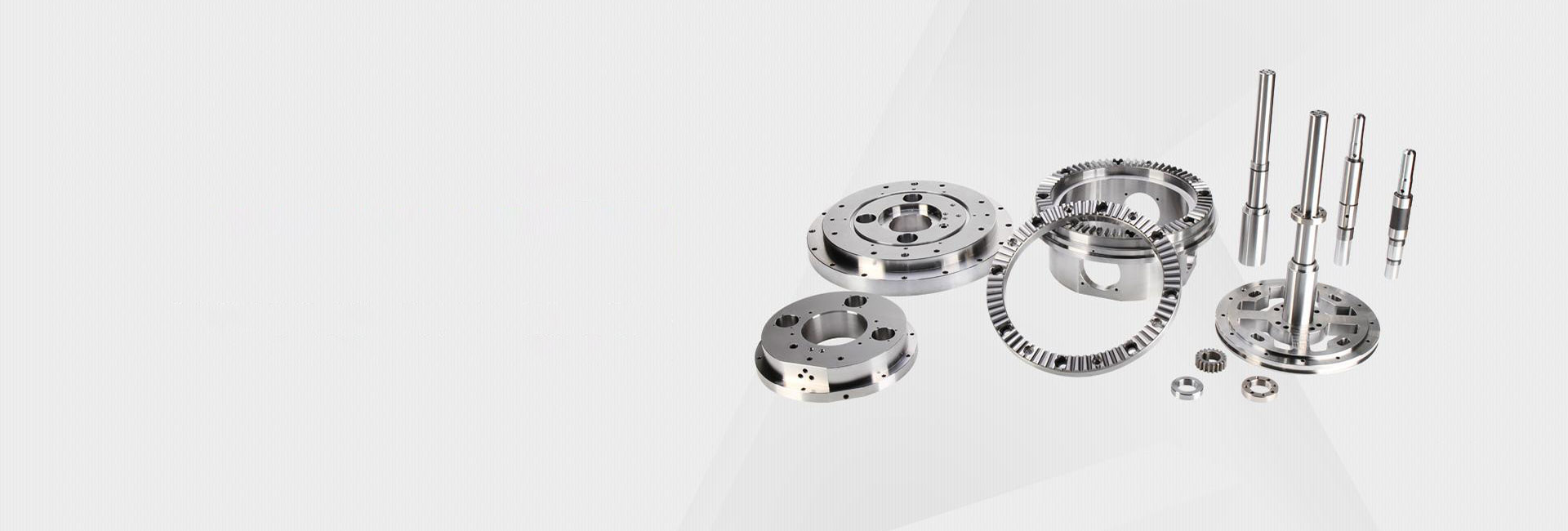با ماشینکاری نوار CNC به چه تحملی می توانید دست یابید ؟ یک راهنمای عملی
سلام ، مهندسان همکار و متخصصان تدارکات! 👋 تا به حال متوجه شده اید که به یک نقشه فنی خیره شده اید و به این فکر می کنید که آیا تامین کننده ماشینکاری نوار CNC شما می تواند actually hit those tiny tolerance numbers? You're not alone. I've been in those meetings where everyone nods, but deep down, there's that nagging question: "What's realistically achievable?" Let's cut through the marketing fluff and talk real numbers. 🤔
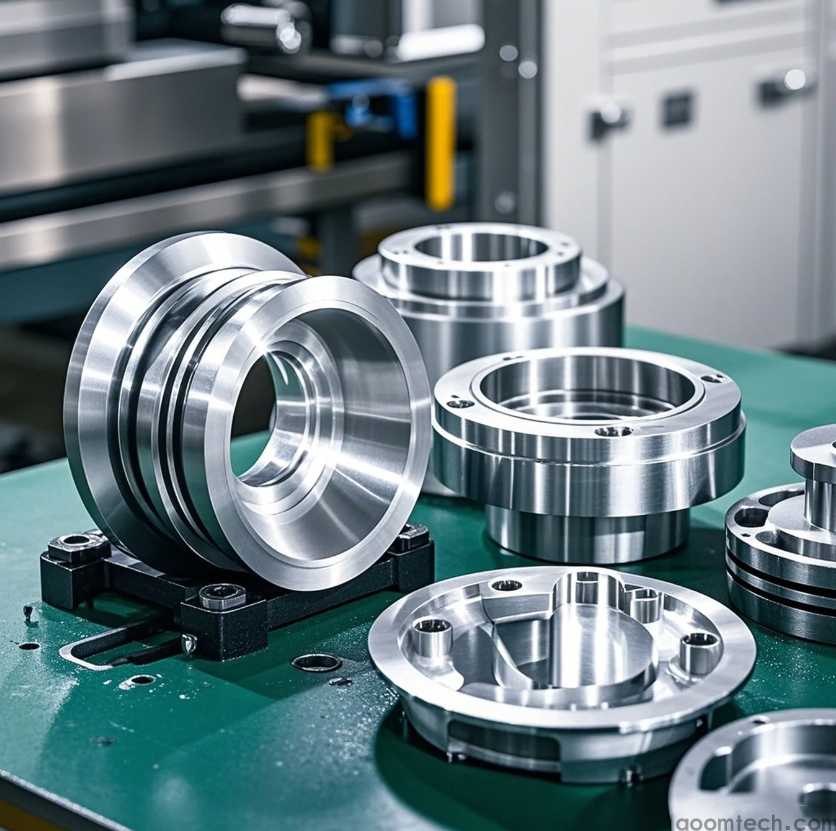
بنابراین ، مشکل واقعی با دقت ماشینکاری نوار CNC چیست ؟
اول از همه ، اجازه دهید به این سوال بزرگ پاسخ دهیم. برای اکثر کارهای استاندارد ماشینکاری میله CNC ، به طور کلی می توانید انتظار داشته باشید که تلورانس ها را حفظ کنید ±.025 mm to ±.05 mm (±.001" to ±.002"). That's about the thickness of a human hair! But—and this is a big but—this isn't a guarantee for every single part. It depends on a whole bunch of factors that we'll dig into next. I've seen shops consistently hit these numbers on aluminum and brass, but when it comes to some tricky plastics or super-alloys, the story can change.
چه عواملی در واقع با دقت ماشینکاری شما مشکل دارند ؟
این هرگز فقط در مورد دستگاه نیست. در اینجا مظنونین معمولی وجود دارند که می توانند اهداف تحمل شما را ایجاد یا بشکنند:
✅ The Material Itself: Some materials are just easier to work with. Aluminum is pretty forgiving and stable, making it a dream for tight tolerances. But something like stainless steel? It can be a bit of a diva, moving around with heat and stress. The exact way different alloys behave under the cutting tool is something I'm still wrapping my head around.
✅ Machine Condition and Age: A brand-new, high-end Swiss-type lathe is a precision beast. An older, worn-out machine might struggle. It's that simple.
✅ The Length of the Part: This is a big one that often gets overlooked. Trying to hold a tight tolerance on a long, skinny bar? That's much harder than on a short, stubby part. Vibration and deflection become your enemies.

چگونه می توانید به تامین کننده خود کمک کنید تا این تحمل های سخت تر را انجام دهد ؟
باور کنید یا نه ، شما هم نقشی دارید! در اینجا نحوه تنظیم پروژه خود برای موفقیت آمده است:
🔧 Be Smart with Your Tolerances: Don't just call out super tight tolerances everywhere on the drawing. I always ask my team, "Does this surface really need to be that precise?" Only apply tight tolerances to critical features. This saves cost and headache.
🔧 Talk to Your Machinist Early: Get their input during the design phase. They might suggest a small change that makes the part much easier and cheaper to machine accurately.
🔧 Choose the Right Material: If high precision is your goal, maybe an aluminum grade is a better bet than that specific stainless steel you had in mind. Discuss the options.

آیا "دقت بیشتر" همیشه پاسخ درستی است ؟
این دو سنت من است ، از دیدن صدها پروژه. تعقیب شدیدترین تحمل ممکن اغلب یک تله است. 🤯 هزینه به صورت خطی افزایش نمی یابد. مثل چوب هاکی بالا می رود. آخرین دقت 0.01 میلی متری ممکن است هزینه قطعه شما را دو برابر کند. باید بپرسی: What does the function of the part actually require? Sometimes, "good enough" is not just good enough—it's the smartest business decision. Perfection can be the enemy of profitability.
همانطور که گفته شد ، برای اجزای حیاتی در هوافضا یا دستگاه های پزشکی ، این دقت فوق العاده غیرقابل مذاکره است. اما برای بسیاری از کاربردهای عمومی ، شاید بیش از حد باشد. مهارت واقعی در دانستن تفاوت است.
از تجربه من ، بهترین نتایج از یک مشارکت حاصل می شود. این فقط در مورد فشار دادن یک تامین کننده برای پایین ترین قیمت و بالاترین دقت نیست. این در مورد ارتباطات روشن ، انتظارات واقع بینانه ، و درک مبادلات است. من متوجه شده ام که پیشاپیش بودن در مورد نیازهای بودجه و عملکرد شما منجر به فرآیند بسیار روان تر و محصول نهایی بهتر می شود. 🚀 فقط چیزی که باید برای پروژه بعدی خود فکر کنید.
 راهنمای شما برای ماشینکاری CNC دسته کوچک با دقت بالا: هزینه
راهنمای شما برای ماشینکاری CNC دسته کوچک با دقت بالا: هزینه
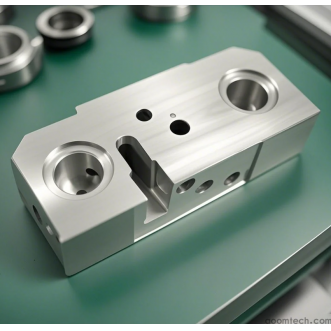 ماشینکاری CNC قطعات کوچک با دقت بالا: ملاحظات کلیدی و مشکلات
ماشینکاری CNC قطعات کوچک با دقت بالا: ملاحظات کلیدی و مشکلات
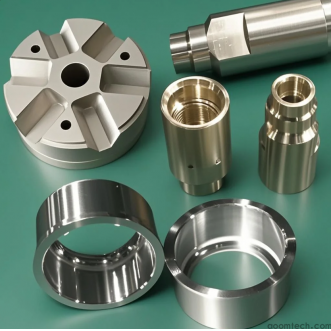 چه عواملی واقعاً بر هزینه های ماشینکاری CNC با سرعت بالا تأث
چه عواملی واقعاً بر هزینه های ماشینکاری CNC با سرعت بالا تأث
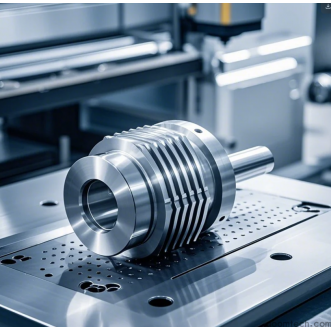 محصولات ماشینکاری دقیق CNC برای چه مواردی قابل استفاده هستند
محصولات ماشینکاری دقیق CNC برای چه مواردی قابل استفاده هستند


